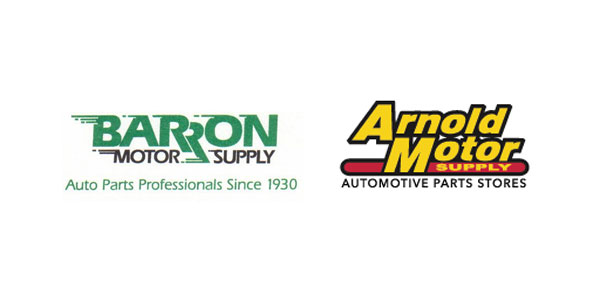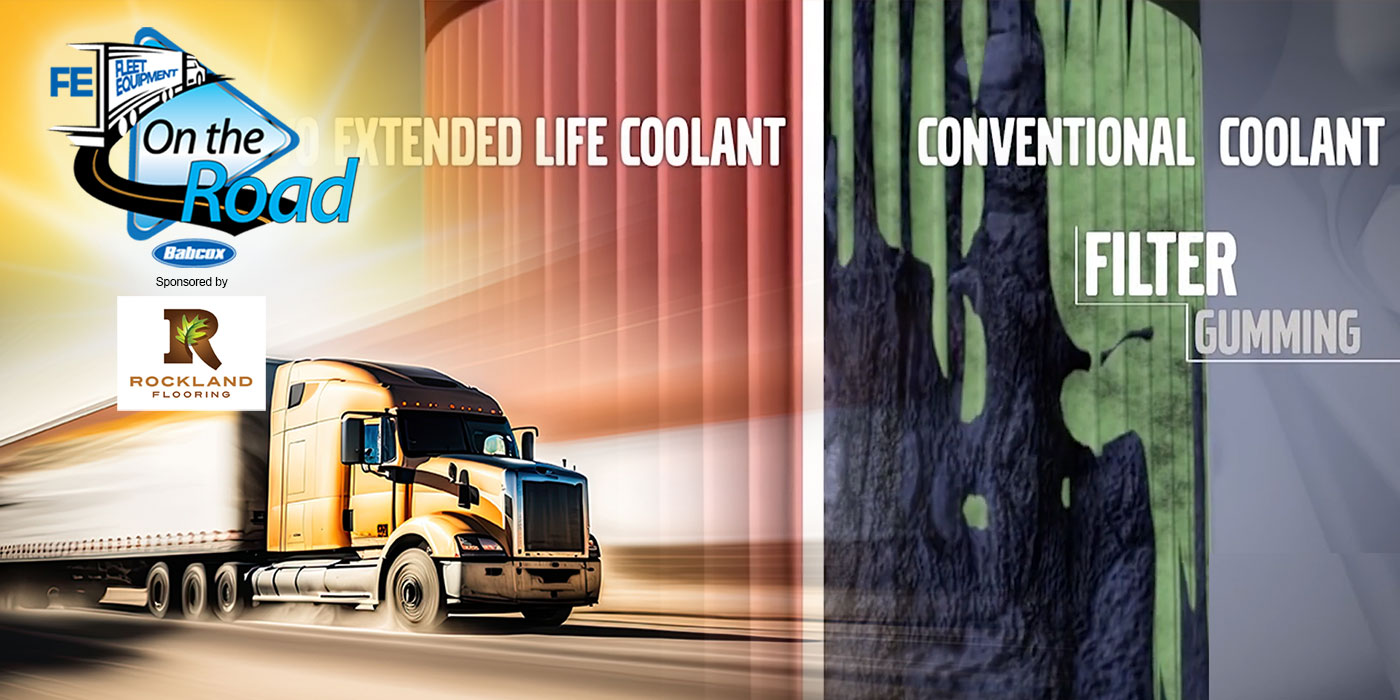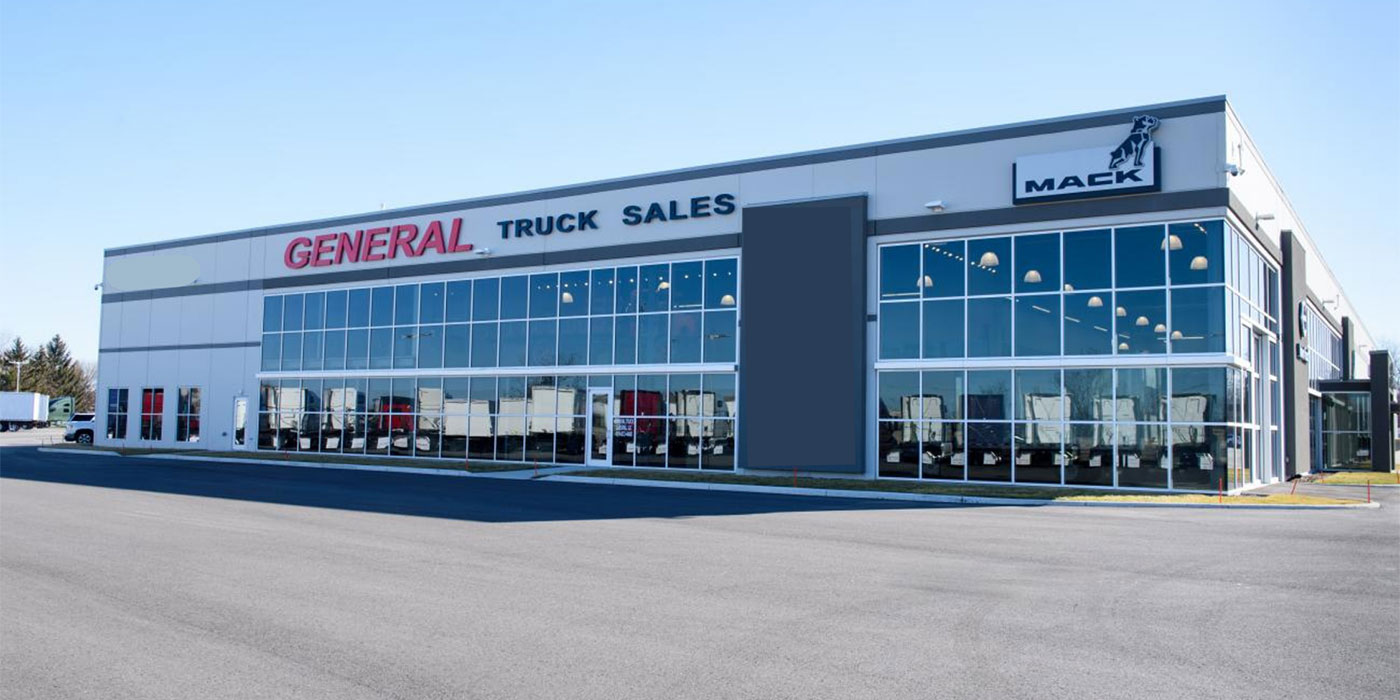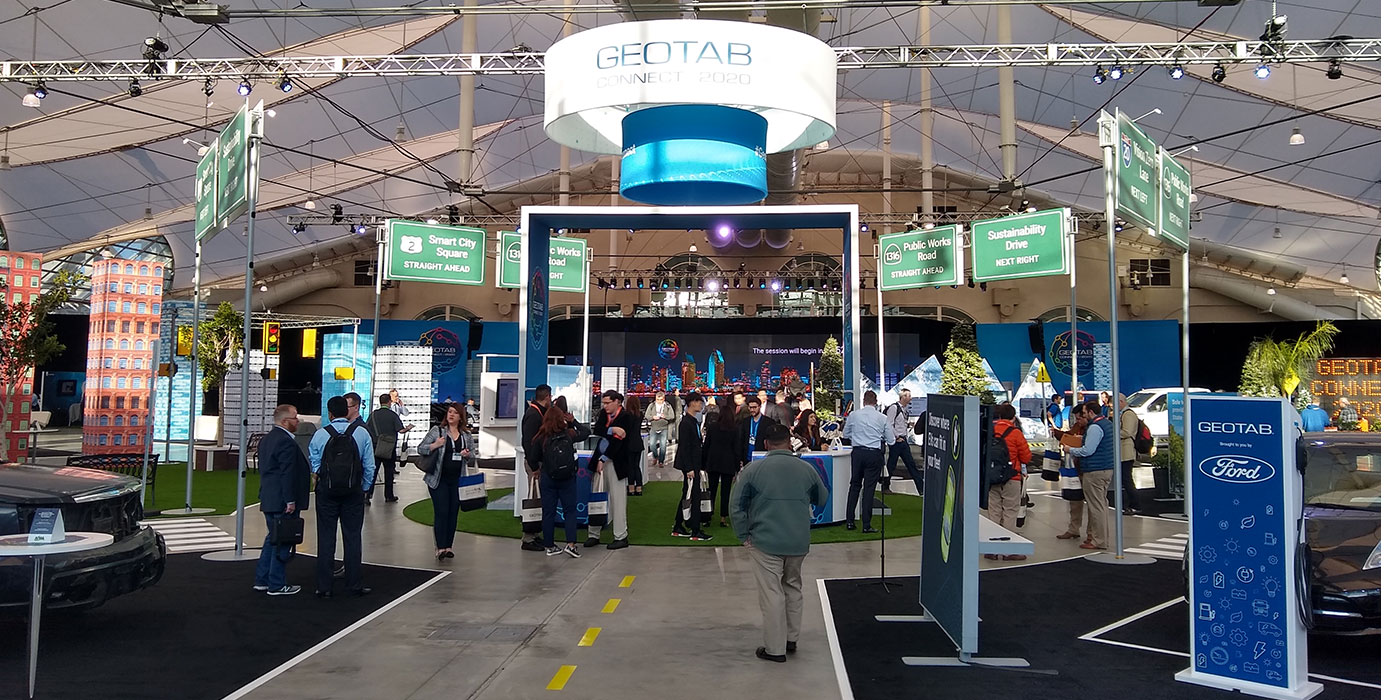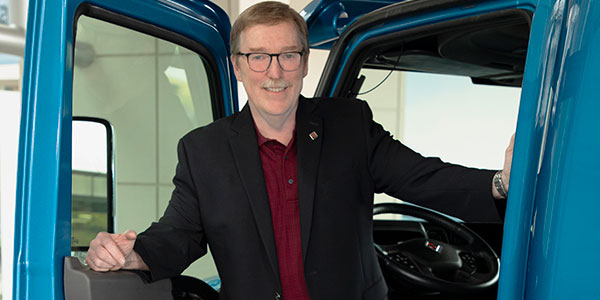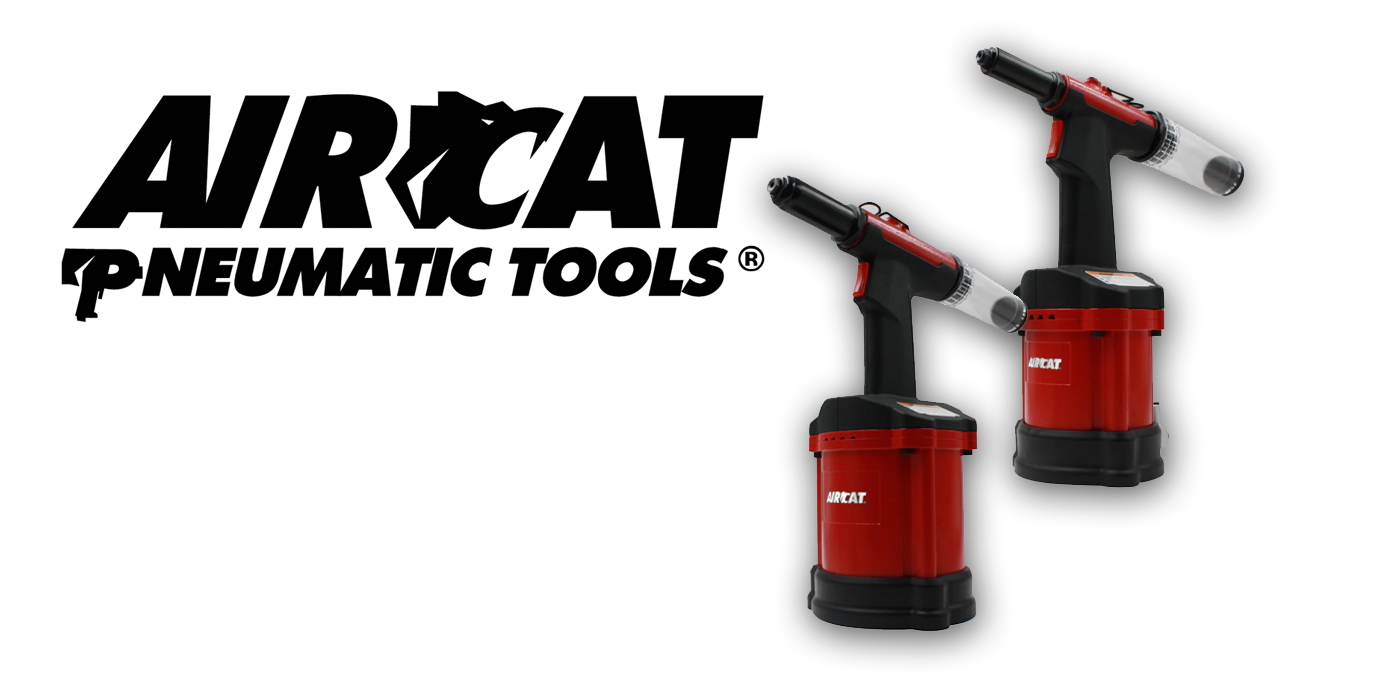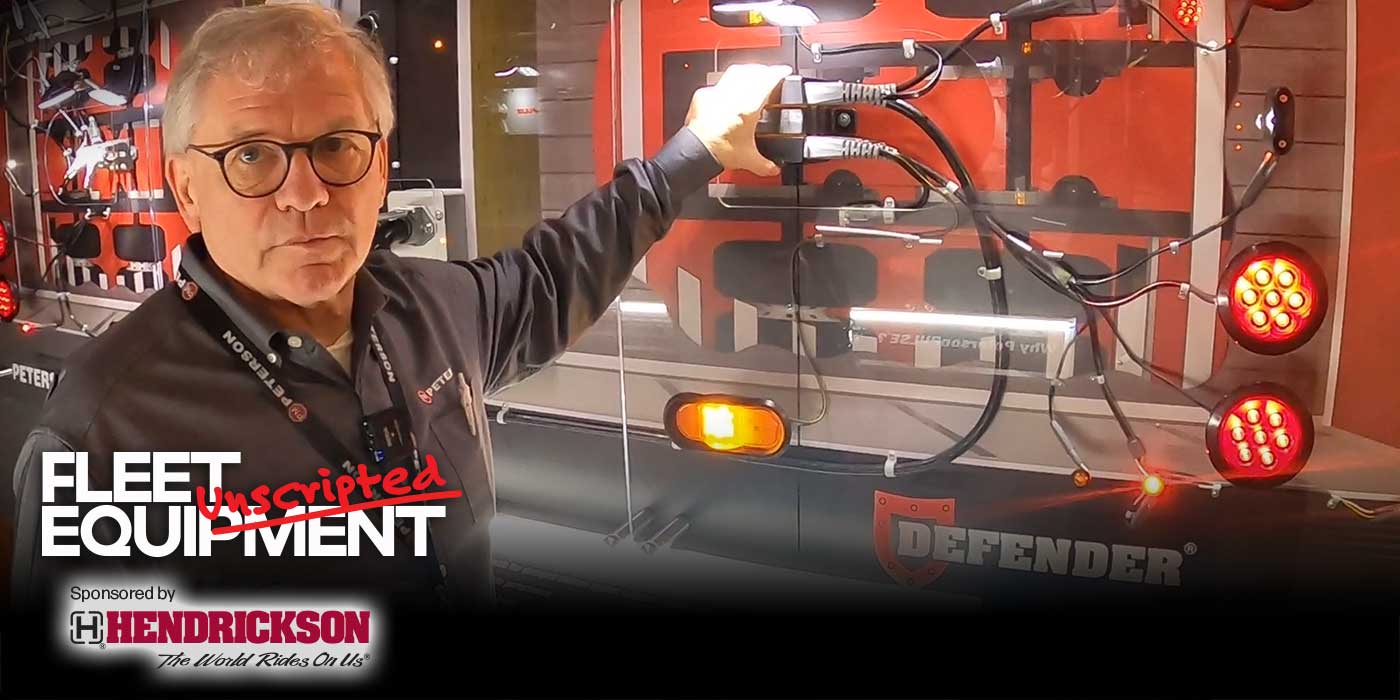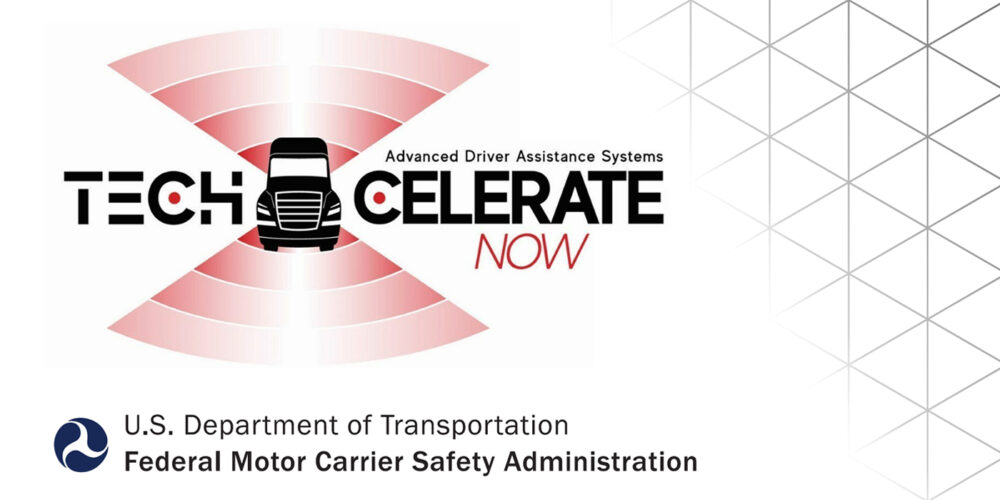Vehicle onboard technology has much to offer trucking fleets.
Onboard communication devices provide valuable vehicle and load location information and routing and mapping capabilities. They also help drivers and dispatchers stay in touch. However, when it comes to the federal legislation recently proposed for onboard engine recorders (EOBRs) and hours of service (HOS) criteria, there are some concerns.
On Jan. 18, the Federal Motor Carrier Safety Administration (FMCSA) announced its proposed rule regarding EOBRs. It contains three main components, which identify the performance specifications for the new technology, outline regulatory incentives to encourage the trucking industry to adopt EOBRs and establish criteria that would trigger a requirement for certain motor carriers to equip their trucks with EOBRs if they were found to have serious and continuing problems complying with mandatory driver work and rest rules.
FMCSA said it recognizes that EOBRs will capture much of the data on vehicle movement required for verification of HOS compliance now manually reported by fleets in “HOS supporting documents.” Where EOBRs do the job, FMCSA stated it would relieve motor carriers voluntarily using the devices from that paperwork burden. How-ever, it is important to note that EOBRs do not document what drivers may be doing when the truck is stopped; as a result, other records may be needed to document ‘on-duty,’ not just ‘driving’ driver status.
On April 20, the American Trucking Associations (ATA) submitted its response to the FMCSA’s January notice of proposed rulemaking, which would incorporate revised performance standards and establish new agency policies for EOBRs for HOS compliance. The ATA has stated that it generally supports the agency’s approach to provide incentives for voluntary adoption of EOBRs, with a limited mandate aimed at non-compliant motor carriers and drivers.
In its recent statement, the ATA also advised the agency that it believed essential work is needed before issuance of a final EOBR rule. Specifically, the ATA suggests incorporating research recommendations regarding safety technology deployment; providing more meaningful incentives to encourage voluntary EOBR adoption; improving the proposed EOBR performance specifications; stating actual costs and benefits; and more effectively targeting required EOBR use by non-compliant carriers and drivers.
Additionally, the ATA recommended that the agency undertake supplemental rulemaking to complete missing elements of the rule and conduct a pilot program to determine the functionality and benefits of EOBR usage.
We are now in the fine-tuning stage of this legislative process, with more information to follow. In the meantime, for a more positive view of onboard technology in general, take a look at the Spec’ing for Resale: Onboard Monitoring feature in this issue.

